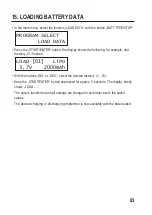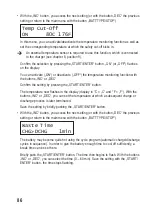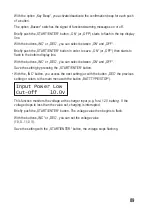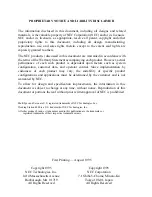
95
• The feet of the device and the temperature of the casing may produce
pressure marks and discolouration on sensitive surfaces. The same applies
to the battery.
As already described in the safety information, a suitable non-flammable and
heatproof base should be used for the charger and the battery to be
charged. Do not place the charger or battery on furniture, carpets, etc.!
• Maintain enough distance away from flammable objects or surfaces.
• Do not leave the charger unattended while it is in operation.
Although there are a wide range of safety mechanisms on the charger, it is
never possible to exclude the possibility of the battery or charger becoming
overheated or damage to the battery. The use of charging cables that are too
thin or problems with the contacts may lead to dangerous operating
conditions!
• Check the temperature of the battery from time to time during the charging
process or use the included temperature sensor.
NiMH and NiCd batteries become very hot when using high charging
currents (1C). Temperatures of +50 °C or above can be reached. For this
reason, handle the battery with care. If the battery overheats, it could be
damaged. In this case, reduce the charging current.
In general, LiPo batteries should not get warmer than is safe to touch during
the charging process (charging current max. 1C). Too strong heating
indicates a defective battery or defective battery pack cell.
• For safety reasons, lithium batteries (LiPo, LiIon, LiFe) with more than one
cell must always be charged using a charge process with balancer.
If the balancer plug does not fit in the appropriate charger socket, an
appropriate adapter must be used.
Содержание 23 97 37
Страница 18: ...18 10 MEN STRUKTUR...
Страница 67: ...67 10 MENU STRUCTURE...
Страница 116: ...116 10 STRUCTURE DU MENU...
Страница 165: ...165 10 MENUSTRUCTUUR...
Страница 198: ...198...
Страница 199: ...199...
















































